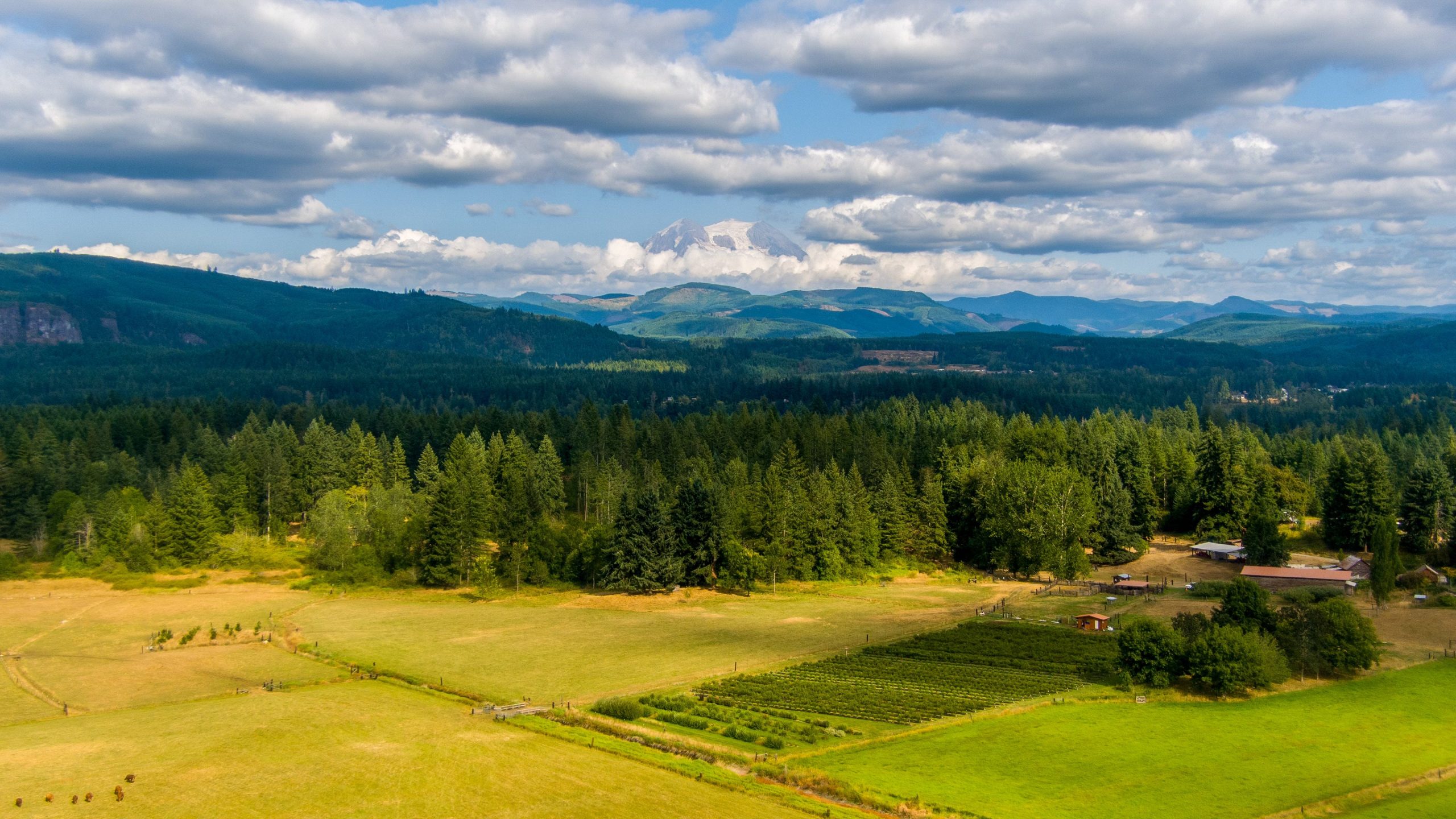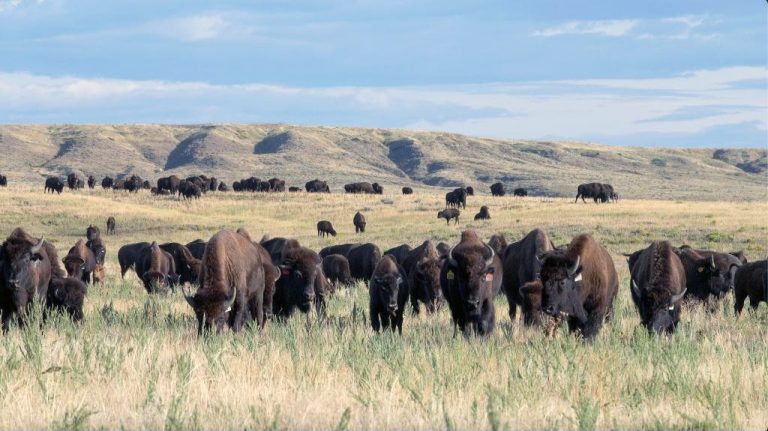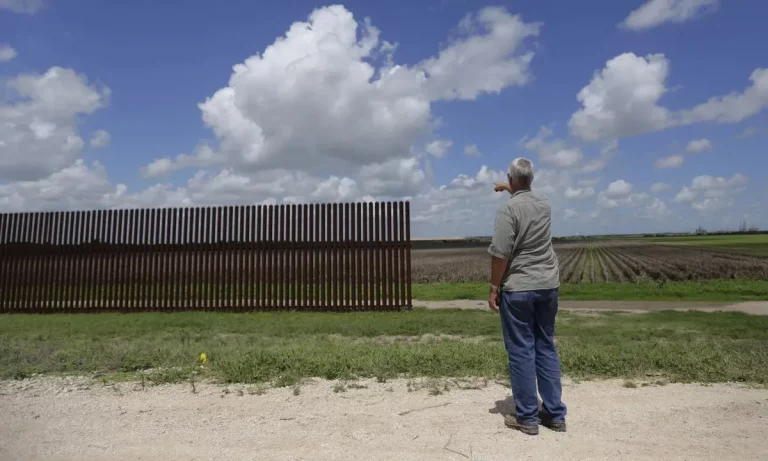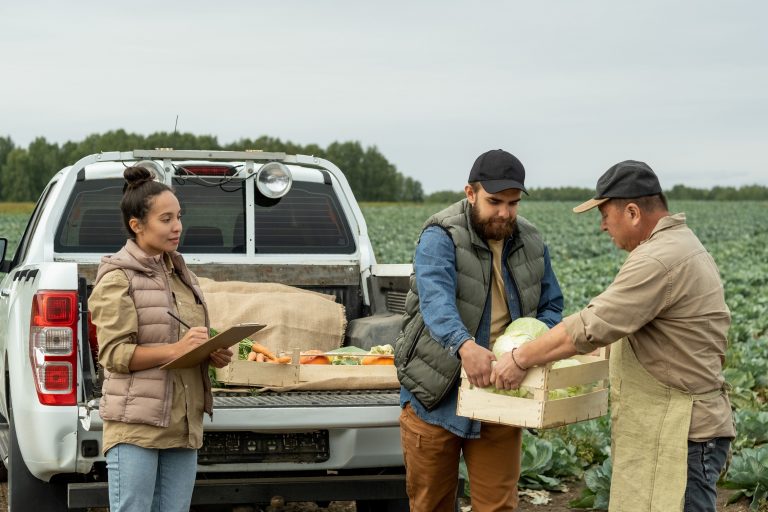Yanasa TV News
Washington’s loss of 3,700 farms in five years exposes a deeper national crisis—where rising costs, aggressive state regulations, and accelerating corporate consolidation are killing family farms.
Washington has shed more than 3,700 farms in just five years—roughly two operations a day. The number comes from the USDA’s 2022 Census of Agriculture and lands alongside a sobering state finding: agricultural workers die by suicide at far higher rates than the general population. Together, the numbers trace a pressure system where policy costs outpace margins, markets consolidate, and people—farmers, families, hired crews—are the ones bearing the load.
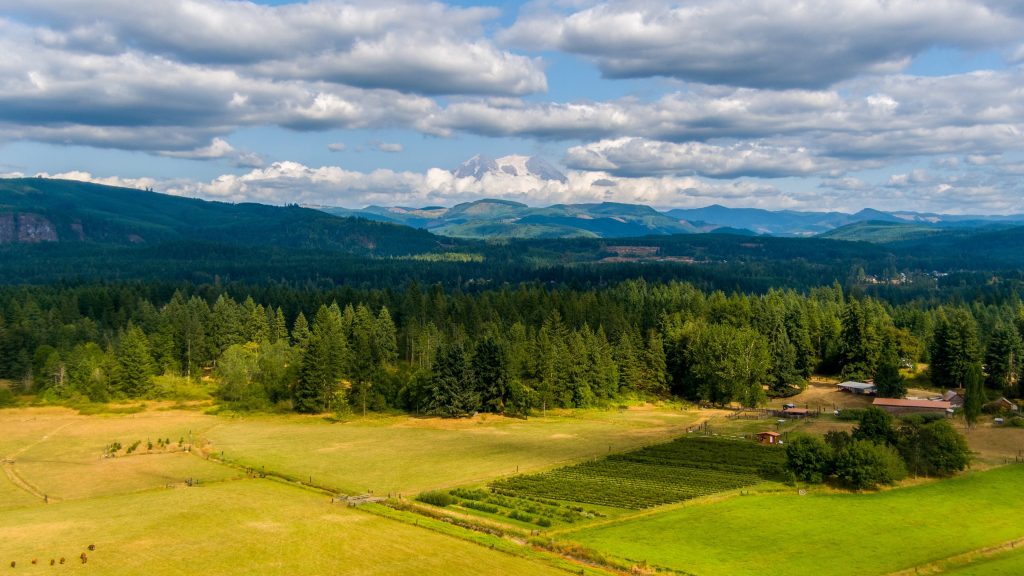
What the data says
- Fewer farms, older farmers. Washington counted 32,076 farms in 2022, down ~10% from 2017; farmland shrank to ~13.9 million acres. Average farmer age rose to 59.3. These mirror national trends: U.S. farms fell 7% between 2017 and 2022, and farmland dropped 2%.
- Mental-health red flags. The state’s new agriculture mental-health report cites a 21.1 per 100,000 suicide rate among Washington agricultural workers (2020–2022), compared with 14.9 statewide. Multiple outlets summarizing the report reiterate the same ratio.
- Consolidation accelerates. Nationwide, farm numbers declined in every size class except 5,000+ acres; these largest operations now control ~42% of U.S. farmland. Fewer, bigger units are shaping markets and policies.
Washington’s policy stack—and why growers say it’s “not penciling”
1) Cap-and-invest fuel costs (Climate Commitment Act).
Agricultural fuels were supposed to be exempt, but many farmers were charged at the pump and had to pursue refunds—a cash-flow and paperwork hit on top of already thin margins. After months of complaints, the state opened a rebate process in 2024, and in 2025 the governor signed a bill to make it easier for farmers to access exempt fuel. The fact that a fix was needed underscores the real friction costs producers faced.
2) Agricultural overtime at 40 hours.
After a 2020 court ruling for dairy and a 2021 law, Washington phased in overtime for all agricultural workers, landing at the full 40-hour threshold by 2024. For labor-intensive crops like apples, cherries, and berries—where work arrives in short, intense bursts—this changed the unit economics of harvest.
3) Heat and wildfire smoke rules.
Permanent rules adopted in late 2023 require additional protections, training, and sometimes respirators when PM2.5 or heat thresholds are met. These rules protect workers, but they also add compliance time, equipment spend, and potential stoppages right when timing is everything.
4) High wage floor.
Washington’s minimum wage is $16.66 in 2025—the highest statewide floor in the country—while farmworker mean wages were already among the highest (about $17.84/hr as of May 2023). For orchards and vegetable growers competing with out-of-state or import supply, the gap matters.
5) Water, pesticide, and conservation compliance.
Longstanding complexities in water rights adjudication, irrigation efficiency mandates, pesticide use reporting, and conservation compliance add cost and risk, especially for smaller operators who can’t amortize compliance across vast acreage. (Washington’s own mental-health report lists input costs, credit risk, and regulatory complexity as key stressors.)
Net effect: Even with admirable goals (climate, safety, wages), Washington layers more fixed and quasi-fixed costsonto businesses that are price takers. In bumper years with good prices, these costs might be absorbed; in average or down years, they erase margins and hasten exits.
How Washington compares with neighbors (and competitors)
- Overtime:
- Washington: Phased to 40 hours (fully in effect).
- Oregon: Overtime after 55 hours (2023), 48 (2025), and 40 (2027)—a slower glidepath.
- California: Under AB 1066, phased down to 40 (large employers reached 40 earlier; smaller phased later).
- Idaho & Montana: No state-level ag overtime; default to the federal exemption for agricultural work.
- Minimum wage (2025):
- Washington: $16.66 statewide; higher in cities like Seattle.
- Oregon: Regional tiers, all lower than WA. (State pages show OT phase-in; wages vary by region.)
- California: Higher big-city floors, but statewide OT and CARB compliance add a different cost profile.
- Idaho: $7.25 (federal floor).
- Montana: $10.55.
- Climate/fuel policy:
- Washington: Cap-and-invest (CCA) with ongoing implementation and exemption frictions; refunds and a 2025 fix acknowledged issues.
- Oregon: No active cap-and-trade after 2020 walkout; separate climate programs exist but no CCA-style fuel market.
- Idaho & Montana: No cap-and-trade; lower regulatory fuel adders.
Implication: Specialty-crop producers in Washington face higher per-unit labor and compliance costs than peers in Idaho/Montana, and often steeper than Oregon (at least until OR reaches 40-hour OT in 2027). In global markets (apples vs. imports; processed fruit vs. Mexico/Chile), Washington growers can’t easily pass through those costs.
The consolidation ratchet
High fixed costs accelerate exits by small and mid-sized farms and favor larger operators who can spread compliance over more acres, mechanize faster, and negotiate better prices for inputs and packing. Nationally, farms over 5,000 acres now control ~42% of farmland—and the share keeps rising. As Washington’s smaller farms close or sell, supply chains concentrate around fewer packers, fewer shippers, fewer owners. That can reduce local competition, thin out rural services, and raise barriers for new entrants.
Human costs: the mental-health throughline
The numbers are people. Washington’s ag-worker suicide rate (21.1) vs. the state population (14.9) signifies distress beyond normal cyclical stress. The state’s report points to commodity price swings, legacy pressures, labor access, health care access, and regulation—plus debt service when loans can’t be covered. Those are structural push factors, not just “tough seasons.” Expanding 988 access, agriculture-literate hotlines (AgriStress), and targeted financial counseling would help, but the report itself implies root-cause policy changes matter just as much.
What “Washington policies are destroying farmers” actually means (and how to fix it)
“Destroying” is strong—but the critique has specific, fixable edges:
- Make exemptions real at point of sale.
If lawmakers exempt ag fuels, the system must prevent charges up front—notforce refunds months later. The 2025 fix is a start; success should be measured by fewer erroneous charges and zero-friction access to exempt fuel. - Smooth seasonal labor premium shocks.
Consider harvest-season OT flex (e.g., Oregon-style glidepaths, or Washington pilots for limited seasonal averaging with worker safeguards). Pair with tax credits for small and mid-sized farms that document paid overtime—aligning worker protection with farm solvency. - Compliance assistance, not just mandates.
For heat/smoke rules, fund equipment grants, fit-testing clinics, and mobile training so compliance is cheaper than non-compliance. This protects workers while avoiding shutdowns that bury small operators. - Right-size water and pesticide paperwork.
Shift from punitive post-hoc enforcement to tiered, technical-assistance-firstmodels that recognize scale. Incentivize adoption of erosion control, drift reduction, and IPM with insurance discounts rather than only fines. - Targeted working-lands support.
Tie climate dollars to profit-positive practices (e.g., orchard floor management that cuts fuel passes, precision irrigation that lowers kWh per ton) with measurable ROI for the grower. - Mental-health access with ag literacy.
Fully integrate 988 with AgriStress staffing in Washington; fund peer-to-peernetworks and on-ranch counseling days through Extension and co-ops. Measure uptake, not just availability.
Why this matters beyond Washington
The Evergreen State is a leading specialty-crop exporter. When Washington’s cost stack prices growers out, supply doesn’t vanish—it migrates to regions (or countries) with lower labor standards, weaker environmental rules, and longer supply chains. That undercuts climate goals (more freight emissions) and hollows rural communitieswhere every farm loss ripples through schools, clinics, and Main Street.
And Washington isn’t alone. California’s overtime and air-quality regimes, Oregon’s OT glidepath, and high city wage floors point the West Coast toward the same tension: strong worker/environment aims vs. commodity-price realities. Meanwhile, Idaho and Montana attract production with lighter regulatory load and lower wages, accelerating interstate arbitrage. National census data shows who wins under that game: bigger, fewer farms.
Washington’s farm losses aren’t a mystery; they’re the predictable output of math and policy. If the state wants to keep food production local, resilient, and humane, it must match its ambitions with operational reality—turn exemptions into frictionless systems, pair worker protections with small-farm solvency tools, and fund compliance as infrastructure, not an afterthought. Do that, and we don’t just save farms; we rebuild the promise that a family operation can still make it here—and want to.

